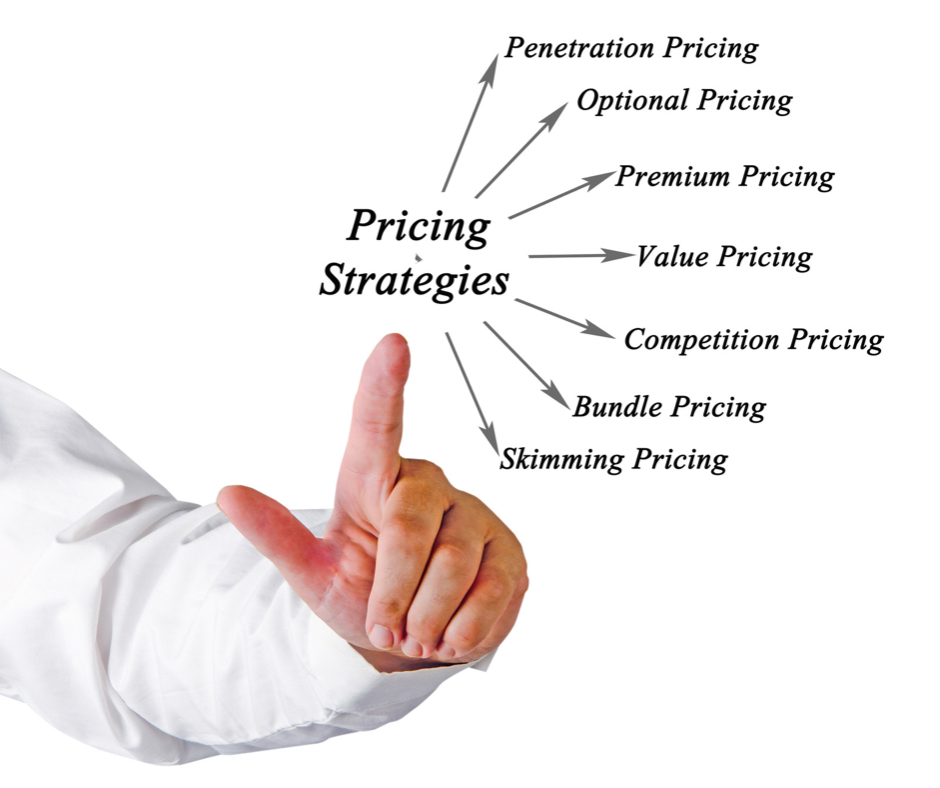Get Creative with Your Pricing – 6 Outside-the-Box Pricing Ideas
How do you price your products? This is one of the most important decisions you have to make when bringing a new product to market. How you set your prices plays a major role in how much you sell. It also gives you a way to set your offerings apart from the competition and customize them to your customers’ preferences. Here are 6 ideas for offering more than just the standard price.
Package Pricing
Package pricing offers different levels for the customer to choose from. A Basic Level might offer a simple version of the product without any bells and whistles while the Gold Level offers every feature, priority support, and extra goodies. Your customer gets the option to pay what they’d like for the product and enjoy only the features they need.
Position Yourself as a Luxury Brand
The standard logic of pricing is that undercutting the competition increases your sales. This is usually true, but another strategy is the exact opposite – charge more than your competitors, but really drive home in your marketing the unique benefits only your product offers. This way, you position yourself as a more advanced version. It takes a bit more effort on your part in positioning your products in the market, but you’ll earn more per unit sold.
Decoy Pricing
Set your product price slightly higher than you expect your customers to pay, then offer sales and deals when you want to move units. You can offer discounts to influence buyer behavior, such as getting them to share on social media or join your email list. The secret to this strategy is that the sale price is actually your target price.
Freemium
Offer a free and premium version of your product. The free version has very limited features and is designed to give the customer a taste of what the premium version offers. Many apps and software programs follow this model. While enjoying the free version, the customer comes to understand the value of the premium version, and eventually upgrades.
Bundling
Take a group of products that your customers would benefit from buying together and offer them as a bundle for a discounted price. With the bundle, the customer gets each individual product at far below its individual price. Just like decoy pricing, your target price can be the bundle price, and this can be used to influence buyer behavior.
Dynamic Pricing
Airlines and other businesses in the travel industry use dynamic pricing. The price goes up during high volume buying seasons and down during the off-season. Dynamic pricing helps you drive more sales during times when you don’t usually sell a great deal. Most big companies use algorithms to set prices automatically, sometimes varying even minute by minute. While you may not get that detailed, you can still adjust your pricing for maximum profit.
This is just a taste of the creative pricing ideas businesses use. These strategies offer more flexibility for you and your customers and can help you sell more. Consider and try some of these outside-the-box ideas and see what works for you.

